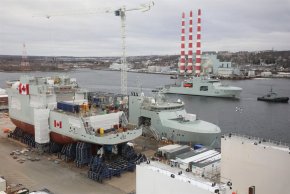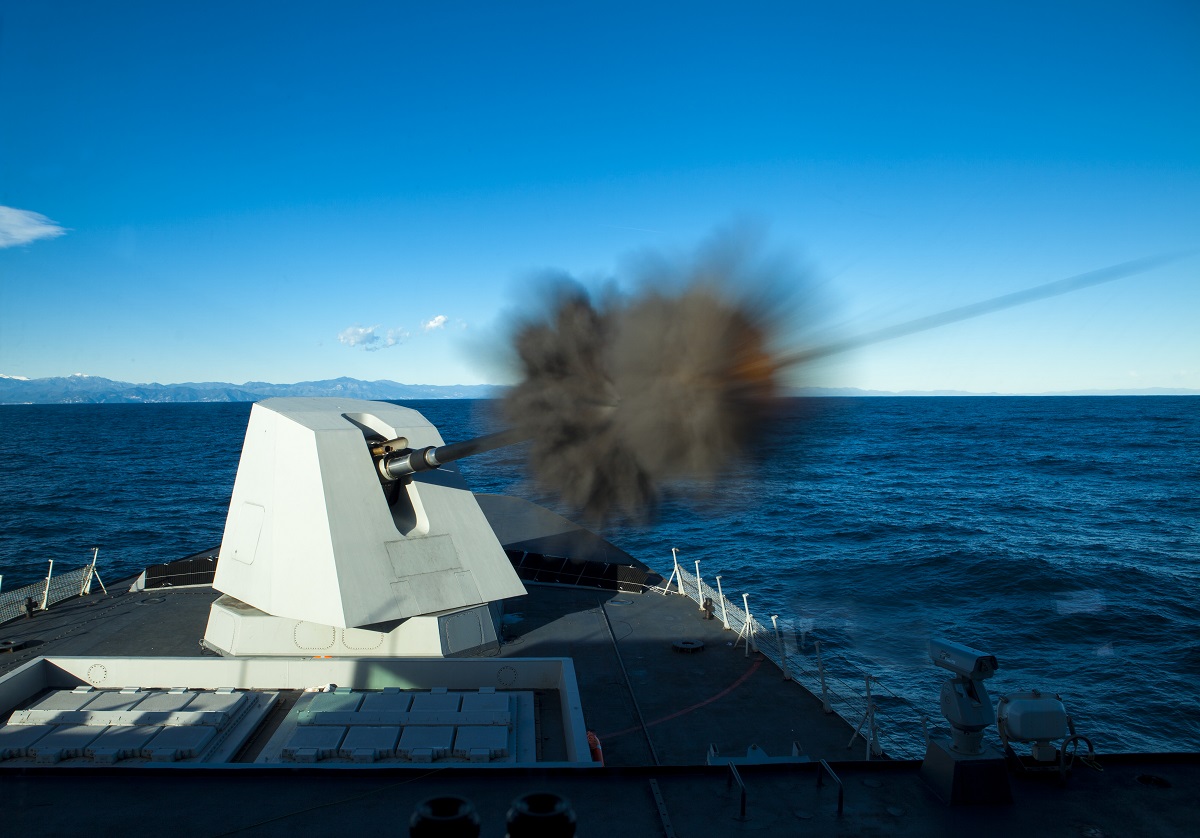Cool video, courtesy the Irving Shipbuilding Twitter feed, of the final mega block assembly (bow section) for AOPV hull 3 (HMCS Max Bernays
AOPV 432):
This activity was filmed inside the Ultra Hall section of Halifax Shipyard's covered shipbuilding facility. In the video (around 0:27) you can see the blocks (modules) for hull 4 (HMCS Willian Hall
AOPV 433) already in place awaiting assembly into the larger mega block sections in the Ultra Hall.
It will shortly be moved outdoors to the landside final assembly position and joined with the other two mega blocks (see video below, courtesy Irving YouTube channel) for final fit-up before launch in the Fall.
Once the space currently occupied by the bow mega block is freed up, the start of the assembly of the mega blocks for hull 4 will begin, which in turn will allow for the cutting of steel and assembly of the smaller blocks (or modules) for hull 5 (HMCS Frederick Rolette
AOPV 434) in the Assembly Hall at the front of the facility.
Final assembly landside allows for the concurrent construction of 3 ships instead of 2. CSC is to be built at this same facility, but to my knowledge all assembly for those hulls will be under cover, which suggests only two will be under construction at any one time.
At this point in time, hull 1 (HMCS Harry DeWalt
AOPV 430) has finished all trials, including a very successful ice trial in the Arctic in February, and hull 2 (HMCS Margaret Brooke
AOPV 431), is in the water and due to start builder trials imminently.
Photo courtesy Irving Twitter feed (
)


www.navalnews.com




